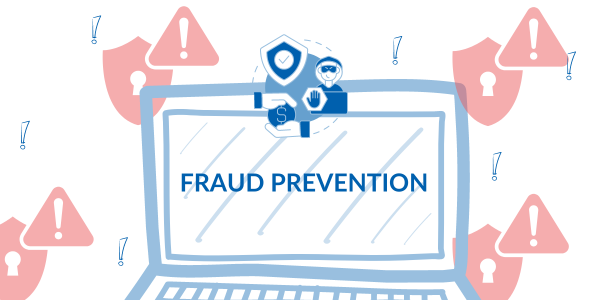
Preventing Credit Card Fraud and Managing Expenses
Credit card fraud poses a significant threat to businesses in Australia, with the potential for substantial financial losses and reputational damage. As technology evolves, so do the methods employed by fraudsters, making it crucial for companies to stay vigilant and implement robust prevention strategies. In this guide, we will explore common types of credit card fraud, the financial impact on businesses, and practical steps to safeguard your finances in the Australian market. We’ll also investigate strategies to prevent credit card fraud in Australia, including enhanced authentication methods and advanced fraud detection tools. Furthermore, we’ll highlight the importance of integrating expense management for comprehensive protection, ensuring businesses can effectively monitor
Understanding Credit Card in Australia
Credit card fraud encompasses various deceptive practices aimed at unauthorised use of credit card information for financial gain. In Australia, some prevalent forms of credit card fraud include:
- Card Skimming: Fraudsters use skimming devices to capture credit card information during legitimate transactions, allowing them to clone cards for unauthorised purchases.
- Identity Theft: Criminals steal personal information to open fraudulent credit card accounts or make unauthorised transactions on existing accounts.
- Online Fraud: With the rise of e-commerce, cybercriminals exploit vulnerabilities in online payment systems to steal credit card information and make unauthorised purchases.
- Card Not Present (CNP) Fraud: This occurs when fraudsters use stolen credit card details to make purchases without physically presenting the card, often in online or over-the-phone transactions.
The Financial Impact of Credit Card Fraud
Credit card fraud can have severe financial repercussions for businesses. Beyond the direct financial losses incurred from fraudulent transactions and chargebacks, there are indirect costs to consider. These include costs associated with implementing enhanced security measures and fostering customer trust. Moreover, businesses may face legal and regulatory penalties for failing to protect customer data and prevent fraudulent activity. The financial impact of credit card fraud extends far beyond the immediate loss of revenue, affecting various aspects of business operations and reputation.
Strategies to Prevent Credit Card Fraud in Australia
To mitigate the risk of credit card fraud, businesses in Australia can adopt proactive strategies tailored to the local market. Enhanced authentication methods, such as multi-factor authentication for online transactions, can help verify the identity of customers and reduce the likelihood of unauthorised access. Employing encryption and tokenisation techniques to secure sensitive credit card data during transmission and storage are other effective measures. Additionally, leveraging advanced fraud detection tools to monitor transaction patterns and flag suspicious activity can help businesses identify and address potential fraud in real time. Employee training on security best practices, regular monitoring and analysis of transaction data, and adherence to regulatory compliance standards such as PCI DSS further contribute to a comprehensive fraud prevention strategy. By implementing these measures, businesses can significantly reduce their exposure to credit card fraud and safeguard their financial interests in the Australian market.

Integrating Expense Management for Comprehensive Protection
In addition to preventing credit card fraud, businesses can enhance their financial security by integrating robust expense management practices. Automated expense reporting systems can detect anomalies and discrepancies, flagging potential fraudulent activities related to employee expenses. By streamlining expense processes and implementing controls such as approval workflows and receipt verification, businesses can effectively monitor and manage expenditures while minimising the risk of fraudulent claims. Furthermore, real-time visibility into expenses enables proactive identification of irregularities, facilitating timely intervention and mitigation.
Credit card fraud remains a persistent threat to businesses in Australia, requiring proactive measures to combat evolving tactics employed by fraudsters. By understanding the common types of fraud, assessing the financial impact, and implementing robust prevention strategies, businesses can minimise the risk of falling victim to fraudulent activity and protect their bottom line.
In the dynamic landscape of financial crime, safeguarding your business from credit card fraud requires a multifaceted approach. Beyond implementing robust prevention strategies, integrating effective expense management practices is crucial for comprehensive protection. By closely monitoring expenses, businesses can detect irregularities and potential instances of fraud early on, allowing for timely intervention. Automated expense reporting systems play a vital role in this process, detecting anomalies and flagging potential fraudulent activities related to employee expenses. Streamlining expense processes and implementing controls such as approval workflows and receipt verification further strengthen financial security. Additionally, real-time visibility into expenses enables proactive identification of irregularities, facilitating timely intervention and mitigation. With a proactive approach to both credit card security and expense management, businesses can minimize the risk of fraud, protect their bottom line, and maintain the trust of their customers in the Australian market.
Want to explore how Webexpenses can help protect your business from credit card fraud? Book a free demo today.

